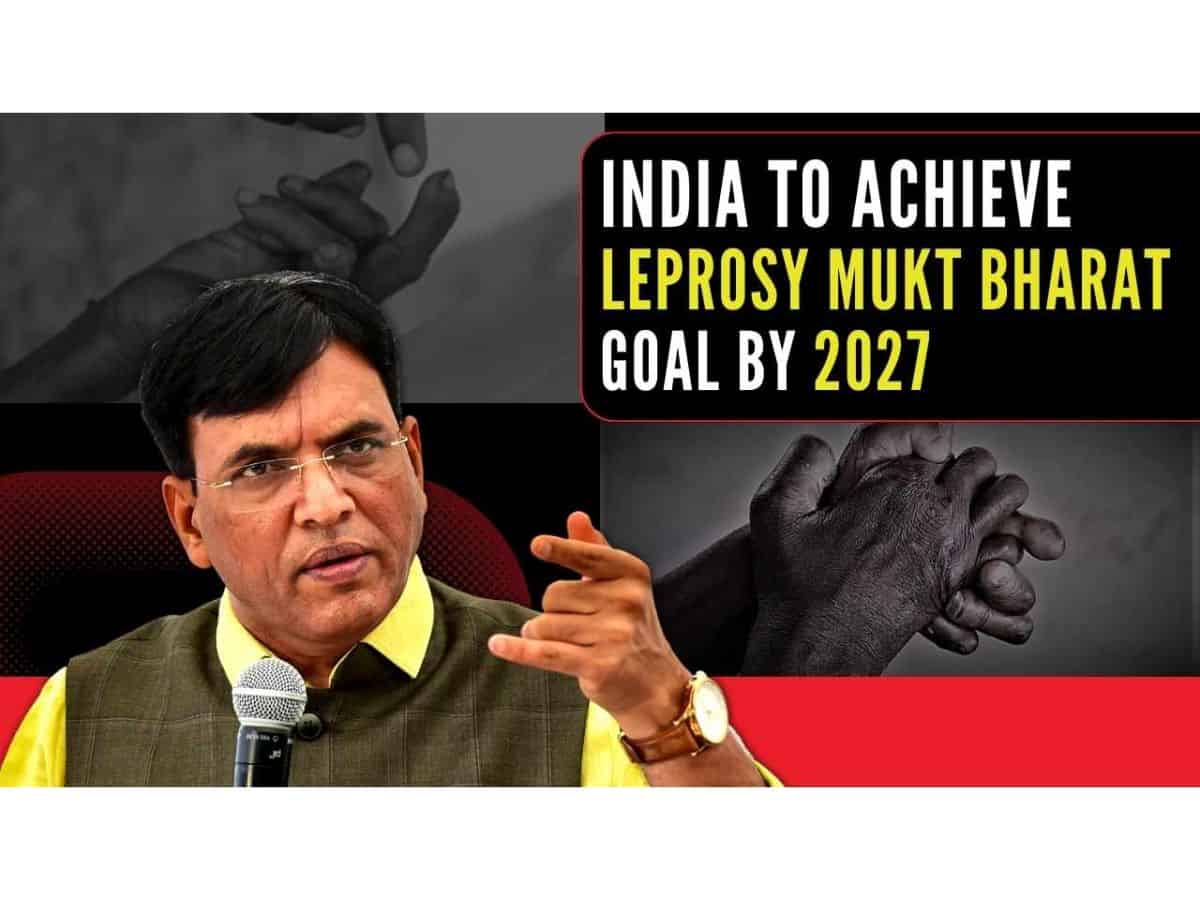Indian government set ambitious target to eradicate leprosy by 2027
While progress has been made in the treatment and management of leprosy, the stigma associated with the disease, along with systemic healthcare challenges, has slowed eradication efforts.

Leprosy remains a significant health issue in India, despite the global decline in cases over the past few decades. The country accounts for over 60% of the world’s leprosy cases, with more than 100,000 new cases reported annually. This staggering statistic has prompted the Indian government to set an ambitious target to eradicate leprosy by 2027. While progress has been made in the treatment and management of leprosy, the stigma associated with the disease, along with systemic healthcare challenges, has slowed eradication efforts.
Leprosy, also known as Hansen's disease, is a chronic infectious disease caused by Mycobacterium leprae, which primarily affects the skin, nerves, and mucous membranes. The disease progresses slowly, often causing disfigurement and physical disability if left untreated. However, leprosy is curable with a multi-drug therapy regimen that has been available for decades. Despite the availability of effective treatment, India continues to face a high burden of leprosy cases, particularly in remote areas where access to healthcare remains limited.
A significant barrier to eradicating leprosy is the social stigma that still surrounds the disease. Historically, leprosy has been associated with untouchability and discrimination in Indian society. Even though leprosy is not highly contagious and can be easily treated, many people with the disease face social exclusion, rejection from their families, and limited opportunities for work. This stigma discourages individuals from seeking medical help until the disease has progressed significantly, increasing the risk of transmission and disability. Public education campaigns aimed at reducing stigma are crucial for encouraging early diagnosis and treatment.
India's healthcare infrastructure is another major obstacle to leprosy eradication. While urban areas have relatively well-developed healthcare systems, rural regions often lack the necessary resources, trained personnel, and diagnostic facilities to identify and treat leprosy cases in a timely manner. The government’s National Leprosy Eradication Programme (NLEP) has been instrumental in providing free treatment to affected individuals and conducting active surveillance in endemic areas. However, challenges such as inadequate healthcare facilities, low awareness, and limited access to diagnostic tools in rural India continue to hamper progress.
The Indian government has made significant strides in raising awareness about leprosy and improving treatment availability. The introduction of the National Leprosy Eradication Programme (NLEP) in the 1980s played a pivotal role in reducing the number of leprosy cases in the country. The provision of free Multi-Drug Therapy (MDT) and regular surveillance activities have been key elements of this initiative. Furthermore, the establishment of specialized clinics and centers for leprosy management has provided individuals with more accessible treatment options.
Despite these efforts, the Indian government faces many challenges in meeting its 2027 eradication goal. The continued stigma around leprosy, combined with healthcare infrastructure gaps, delays in diagnosis, and uneven distribution of resources, means that more work needs to be done to ensure that affected populations receive the care and support they need. Collaboration with non-governmental organizations (NGOs) and international organizations like the World Health Organization (WHO) is essential for creating a comprehensive and sustainable solution to leprosy eradication in India.
Efforts to eliminate leprosy by 2027 will require a multi-faceted approach, involving public education campaigns to tackle stigma, strengthening healthcare infrastructure, and improving access to treatment in underserved regions. Furthermore, investing in social support services for affected individuals, including vocational training, counseling, and reintegration programs, will be essential to break the cycle of stigma and provide a better quality of life for those living with leprosy.